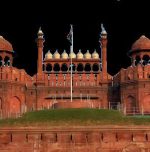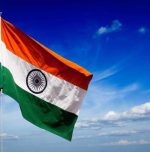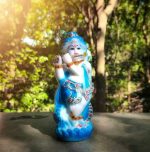India from 1 AD to 2017

To celebrate India’s Independence Day, this is a compilation of the appearances of India over 2,000 years, from 1. A.D to the present day. The country has gone through so many changing reigns that the India of the past looks unrecognizable to the India of today. With that said, here is the history of the country.
In the beginning of the first century, it was divided into several decentralized states. The Sakas and the Pahlavas, making up Indo-Parthia and Indo-Scythia respectively, ruled over much of the country, while the Satavahanas held most of the rest.
In the second century, the Kushan Empire had taken over much of northern part of the country pushing Indo-Parthia and Indo-Scythia back.
In the fifth century, the Gupta Empire rose, which covered most of northern and central India. The Iranian Huna Empire came to stretch to northwestern India.
The Harsha Empire took over most of northern part of the country in the seventh century, under which Kannada literature, Telugu literature, and Chalukyan architecture thrived.
North of the country was ruled by the Gurjara-Pratihara Dynasty in the tenth century, while the Rashtrakuta Dynasty ruled much of central parts. A few centuries later, India as we know it today began to take shape.
The Delhi Sultanate took over north side of the country in the fifteenth century, while the Yadavas ruled much of central India. To the north, the Mongols had taken over much of the land with their Khanates.
The Mughal Raj took over most of India in the fifteenth and sixteenth centuries, which allowed both Hindu and Islamic culture to thrive.
In the seventeenth century, the Mughals fell to the Marathas, who held most of India until the arrival of the British.
In the eighteenth and nineteenth centuries, British seized India as a colony to profit their mother country. However, they could not afford to keep their colonies after the devastating effects of World War II in the twentieth century, and thus allowed the country to become independent.
Soon after India’s independence, it partitioned into India and Pakistan, with India for the Hindu people and Pakistan for the Muslims.
Thus, this is present-day India as we know it today, several diverse states under one strong central rule.
Image by Photo Mix from Pixabay(Free for Commercial Use)
Image Reference: https://pixabay.com/photos/digital-marketing-seo-google-1725340/










Leave a Reply